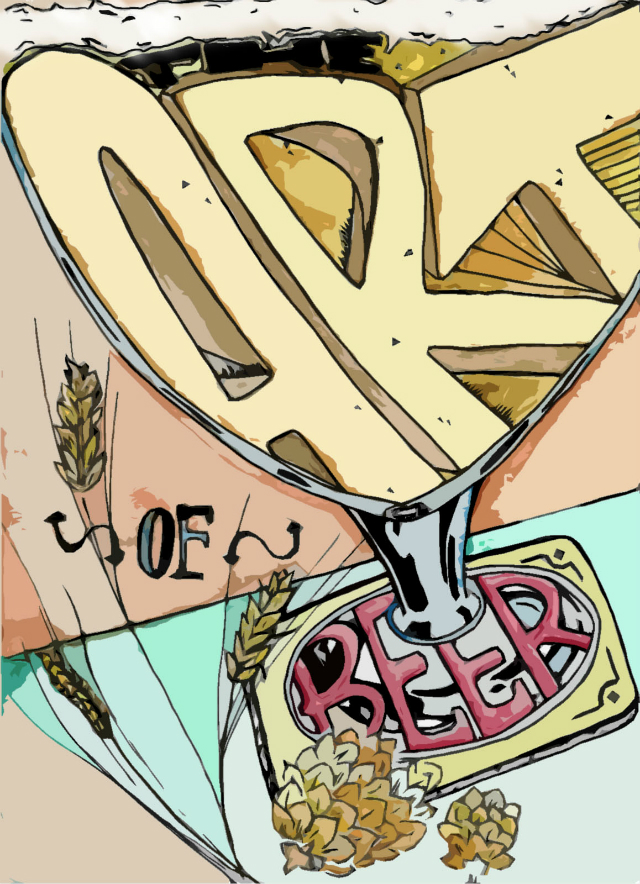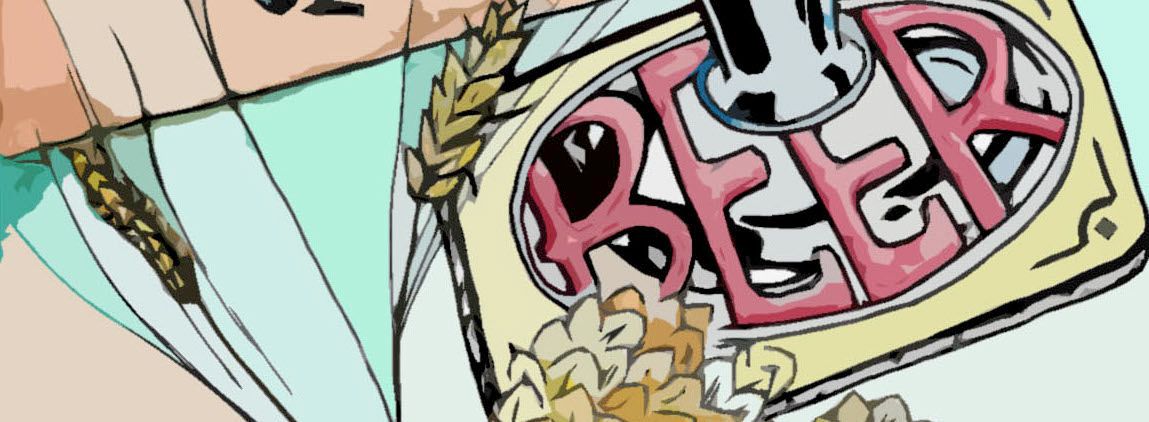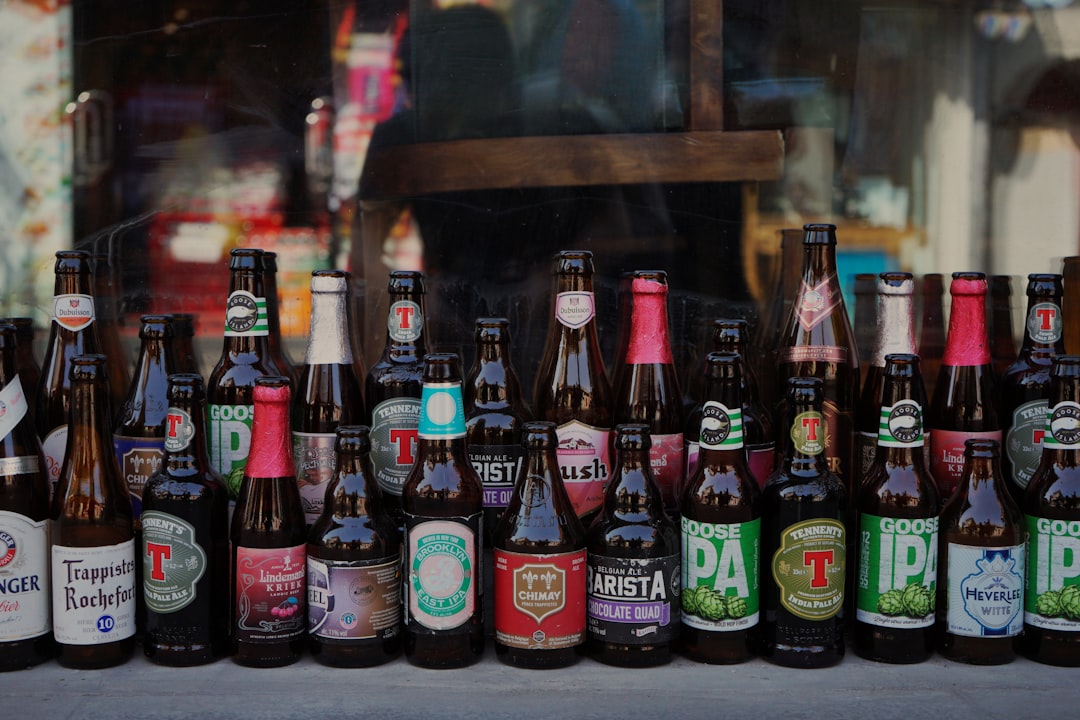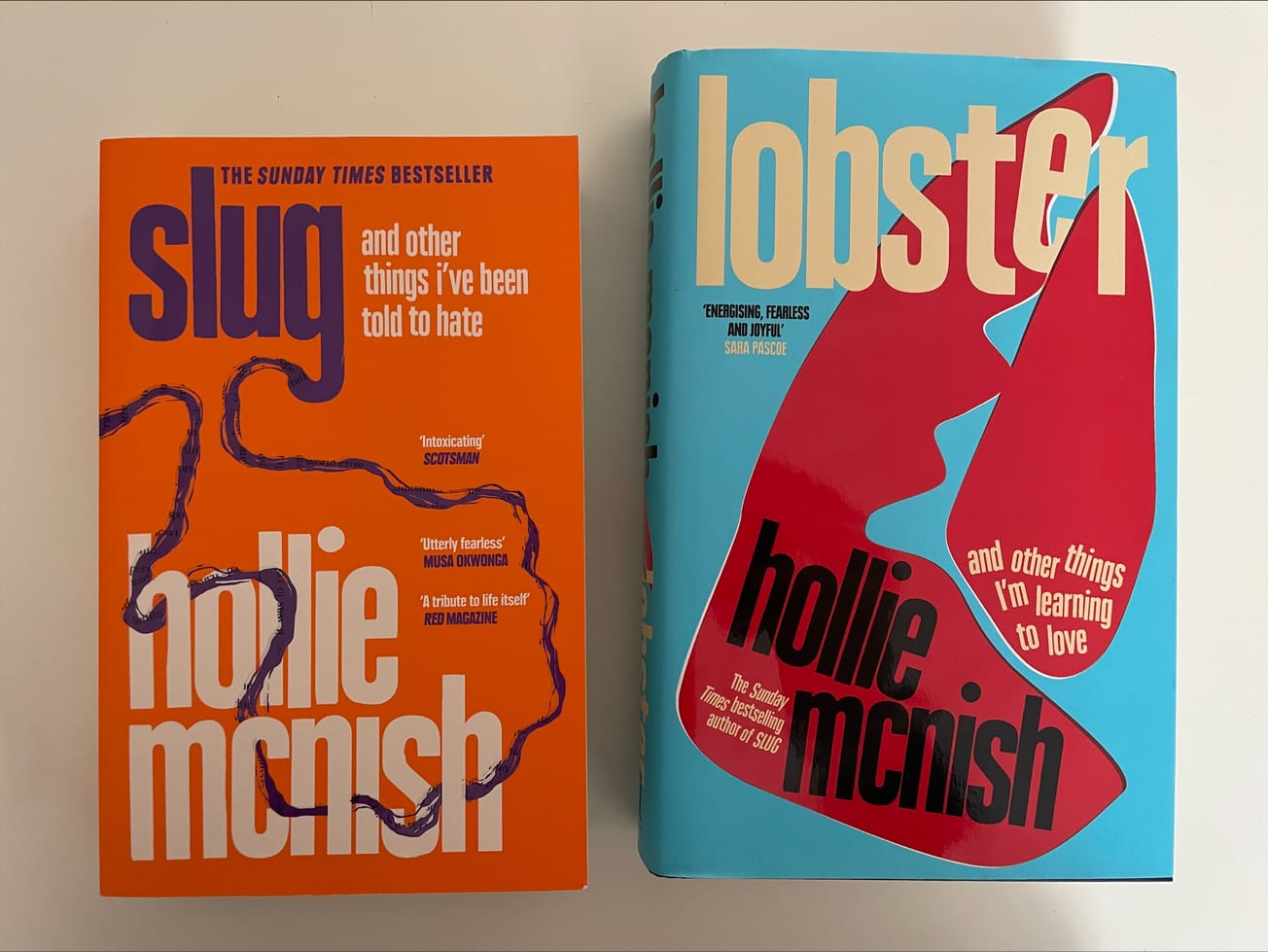From golden lagers to creamy stouts, Epigram Arts writer Ewan Thomas-Colquhoun discusses the creative power of the pint
Beer is an art-form. Highly creative, evocative and expressive; there is little that speaks so directly to us as human beings like a well-crafted pint.
This creativity is expressed almost exclusively at the brewing stage. Like a painter balancing light and shade, a skilful brewer must understand the play of flavour between the sweet malted barley and bitter hops. The character and personality of a beer is decided here also. The subtle flavours produced by controlling the temperature, variety and volume of yeast are like a painter’s fine brush strokes, adding detail and expression to the brewing liquid.
'Like a painter balancing light and shade, a skilful brewer must understand the play of flavour between the sweet malted barley and bitter hops'
The strength of modern brewing is to use this process to evoke emotion and tell a story. By manipulating taste, the most visceral of senses, brewers can connect us to our deepest emotions and memories. Many artists, for example, have attempted to understand adolescence for centuries; for me, nothing speaks to this time of life more than a lukewarm tin of Fosters.
Of course, the techniques used by breweries to evoke emotion are more sophisticated than leaving a can out of the fridge, but the idea is the same: beer connects us with ourselves, more than just a crippling hangover.

Epigram / Rebecca Watkins
This by extension makes beer the most democratic of art forms. Taste, the most subjective of our senses, allows every individual to connect to beer individually. Everyone forms their own ideas, lingering on different thoughts and emotions based on their individual taste memory.
To understand all this and evolve this rather pretentious pre-amble into something more than empty statements, I decided to embark on a quest. A quest to find the best pint Bristol has to offer. The rules I decided upon were simple: every pint had to come from an independent brewery within a 15-mile radius of Bristol, and be available locally as a full pint on draught.
'By manipulating taste, the most visceral of senses, brewers can connect us to our deepest emotions and memories'
Otherwise, the selection was open. From golden lagers to creamy stouts, every variety of beer was considered judged on the same criteria of being a good pint.
A quick disclaimer: as an art-form, there can be no objectively defined ‘perfect pint’. As the landlord of the pub I work in says, ‘if you think it’s a good pint, then it’s a good pint and you should drink it’- a sentiment that should be kept in mind when exploring the myriad of beers Bristol has to offer. Indeed, as an art-form, there is no right and wrong (unless you don’t like beer, in which case, you’re wrong.)
Photo by JuniperPhoton / Unsplash
Reviewing Bristol’s Beer: A guide to understanding our local brewing art
For no reason other than the alphabetical, I began my search at Bristol Beer Factory’s Grain Barge. Far from being beer's answer to 'the Apple', this boat's atmosphere is calm and civilised, somewhere to take your parents, rather than that one mate from home who always gets a bit rowdy after half a cider. With a good variety of beers to choose from which, according to the friendly staff, are rotated often, I sacrifice myself to this noble cause and try them all.
'Taste, the most subjective of our senses, allows every individual to connect to beer individually'
My opinions varied; the best of the collection, however, was the ‘Fortitude Amber Ale’, a medium bitter, very mellow, malty beer with a slight touch of hopiness which prevented the flavours becoming one-dimensional. Whilst a little plain, Fortitude is a good example of brewers utilising their understanding of their craft to balance the light and shade of bitter and sweetness in order to make a beer which is mellow and drinkable for the masses.
This style of beer is a session Ale, a term that has many loose definitions. My best understanding is that this term developed to describe the lower ABV (%) pints of British workers at the turn of the century. Traditionally drunk in two separate ‘sessions’ during the working day, they were weaker than traditional ales and are designed to be refreshing and drinkable so as to keep the workers hydrated and not highly intoxicated around the heavy machinery.
This is the story that ‘Fortitude’ is trying to tell. Brewed in Southville, an area which traditionally housed many of Bristol’s industrial working class, the name and flavour evoke the stoic spirit of this area which was heavily bombed. The session ale was the fuel that kept workers returning to bombed out factories; the fuel that kept the home fires burning. It is this intrinsic narrative of beer that makes it such an art-form, as the stories they tell through taste are the stories of us as people.
'It is this intrinsic narrative of beer that makes it such an art-form, as the stories they tell through taste are the stories of us as people'
It was this in mind that I headed to the Commercial Rooms, which, as a Wetherspoons, seemed to me the only place to understand the drinking culture of our current student generation. For me a formula was developing, the perfect pint had to balance this powerful story telling ability with interesting flavour.
Photo by Seth Weisfeld / Unsplash
I therefore decided that, in the pub that captures the drinking culture of our generation, I would sample the beers that most reflect the brewing culture of our generation: the IPAs. Since the craft beer revolution, it seems every brewery has released its own version of this strong, fruity flavoured type of beer. The high percentage of alcohol has meant these beers for many people have become a staple.
'the perfect pint had to balance this powerful story telling ability with interesting flavour'
The best of the group at the Commercial Rooms was Arbor Ale’s ‘Rocketman’, marrying this generation’s penchant for high-percentage creatively named beer with interesting flavour. At a punchy 6%, ‘Rocketman’ is served cold from a cask rather than a keg, and is so packed full of different flavours it is difficult to keep track. At first comes the bitter yet fruity flavours of the citra hops, which seem quickly to overwhelm the flavour, before dying out to the perhaps even more powerful floral quality to the beer.
At times, for me ‘Rocketman’ felt a little like being assaulted. But to call this a detriment to the beer is to miss the whole point of it. Research shows that we are no longer a generation of casual drinkers; instead, our drink preferences are based on the value of the experience, rather than the drinkability.
So it makes sense to understand ‘Rocketman’ as the perfect example of this- a beer which cannot be ignored, for a generation who really want to see value for money when spending our dwindling student loans. Whilst not my favourite type of beer, these beers nevertheless illustrate the art and craft behind what we drink.
Research shows that we are no longer a generation of casual drinkers; instead, our drink preferences are based on the value of the experience
The perfect pint, however, needs more. The flavours need the intrigue of ‘Rocketman’, just with a finer balance. More importantly, these flavours need to express a story that relates to both the spirit of the drinkers, as well as the spirit of the town in which it is brewed- Bristol.
Photo by Christin Hume / Unsplash
It is this spirit and flavour of Bristol that made GWB’s ‘Old Higby’ the best on offer at the Commercial Rooms. The flavour is spectacular, as you’re hit initially with the subtle yet intricate berry flavours of the hops that give a finely balanced bittersweet flavour before subsiding, and leaves you with a rather creamy aftertaste of the exquisite malt.
The care and attention in creating this beer is what draws it in my eyes close to the spirit of the Bristol we know today. Brewed sustainably in a local family brewery, the beer is in line with the social conscience of Bristol that made it the UK’s first green city.
More importantly, it is named after a modern Bristolian legend ‘Old Higby’- a man commemorated by the brewers of this beer, the Stone family, as a man who always had a story to tell with a pint in his hand.
For me it is this appreciation of the human side to beer that made ‘Old Higby’ the best of the lot. In terms of flavour and values, it speaks to the warmth of human connection and the value of evenings spent talking with one another over a good pint.
'it speaks to the warmth of human connection and the value of evenings spent talking with one another over a good pint'
It is this ability of beer to connect us to one another that I believe is the true art-form of beer. Brewing techniques and flavour aside, it is the power of a pint to bring friends and strangers together, the power to make us speak and listen to one another, that really should be valued.
After all, what better expression of friendship is there than a shared pint?
The following list is my cheat sheet for the Berkley, for those nights when you really can’t afford to go out, I present the top 5 beers in terms of value for money:
- 3x Uprising Treason West Coast IPA 5.8%, 330ml can (this is only best value when exploited through the 3 for £5 deal)
- 3x Crafty Dan 13 Guns 5.5%, 330ml can (same as above)
- Sixpoint Brewery Resin IPA 9.1%, 355ml, £2.99 for 355ml can
- Shipyard Pale Ale 4.5%, £2.55 per pint
= 5. Abbott Ale 5%, £2.79 per pint
= 5. Sixpoint Brewery Bengali IPA 6.5%, £2.29 for 355ml can
(Featured image: Epigram / Rebecca Watkins)
Is beer your favourite artform? Let us know in the comments below or on social media.












